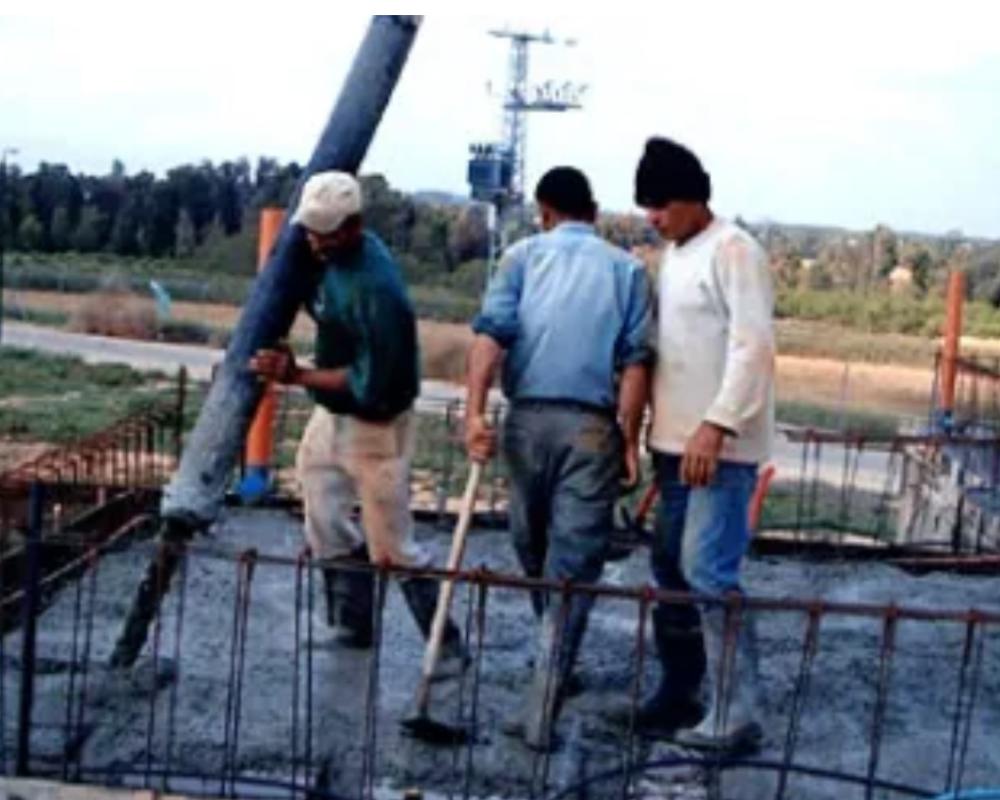
RAMALLAH /PNN /
The Palestinian Central Bureau of Statistics (PCBS) has published a grim snapshot of the Palestinian labour market on the occasion of International Workers' Day, revealing a steep rise in unemployment and a widespread contraction in employment due to the ongoing Israeli military offensive in the Gaza Strip.
PCBS President Dr. Ola Awad said the labour market has entered a deep crisis following the escalation of violence that began on October 7, 2023. “Since that date, Palestine has entered a new chapter of suffering, marked by the near-total collapse of economic activity, especially in Gaza,” Awad noted.
According to the latest Labour Force Survey, Gaza has been particularly devastated, with unemployment soaring to an unprecedented 68% in the fourth quarter of 2024, up from 45% in Q3 of 2023. The labour force participation rate in Gaza also plummeted to 30%, compared with 40% prior to the escalation.
“Youth are bearing the brunt,” the report stated. Roughly 74% of young Palestinians aged 15-29 are currently not engaged in education, training, or employment. Due to the humanitarian catastrophe, most traditional labour force metrics have become irrelevant in Gaza, where basic survival—shelter, food, and safety—has replaced any job-seeking activity.
While the economic damage is most severe in Gaza, the West Bank has not been spared. Tighter Israeli restrictions and mobility barriers have led to a significant rise in unemployment, which reached 31% in 2024, up from 18% the previous year. The total number of unemployed individuals in the West Bank jumped from 183,000 to 313,000.
Employment Declines Across Sectors and Borders
The total number of employed persons in the West Bank fell by about 132,000 between 2023 and 2024—from 815,000 to 681,000. Employment in Israel and Israeli settlements was sharply curtailed. The number of West Bank Palestinians working in Israel dropped by around 85,000, from 107,000 in 2023 to just 21,000 in 2024, as Israel enforced sweeping entry restrictions. Employment in Israeli settlements also dipped slightly, from 16,000 to 15,000.
Locally, the number of employed persons in the West Bank decreased by 5%, from 685,000 in 2023 to 650,000 in 2024. The contraction was led by the construction sector, followed by declines in services, hospitality, and manufacturing.
Private Sector Dominance and Informal Work
Of the 681,000 employed persons in the West Bank, 650,000 work locally while 31,000 are employed in Israel or the settlements. Roughly 447,000 are wage employees—65% in the private sector, 28% in the public sector, and 7% in Israeli areas.
Private sector employment remains largely informal. An estimated 61% of all workers in the West Bank are informally employed, meaning they lack basic employment rights such as paid leave or social security. Among male workers, the rate stands at 67%, compared to 38% for females.
Low Wages and Job Insecurity Persist
Wages remain low across the private sector, with the real average daily wage stagnating at 122 NIS (£25) in 2024. Transport and communication roles pay the highest average wage at 166 NIS, while agriculture remains the lowest at 79 NIS per day.
Meanwhile, 16% of private sector wage employees earn less than the legal minimum wage of 1,880 NIS per month—equivalent to about £400—despite a 2022 Cabinet decree mandating the threshold. These workers receive an average of just 1,424 NIS per month.
Only 43% of private sector workers receive employment benefits such as paid sick leave or end-of-service compensation. Around 67,000 have permanent contracts, 128,000 are on temporary agreements, and 101,000 work with no contract at all. Encouragingly, 51% of female wage earners in the private sector reported receiving paid maternity leave in 2024.
Dr. Awad concluded by stressing the urgent need for a coordinated national and international response to revitalise the Palestinian labour market, ensure fair employment conditions, and prevent further deterioration of livelihoods in both Gaza and the West Bank.